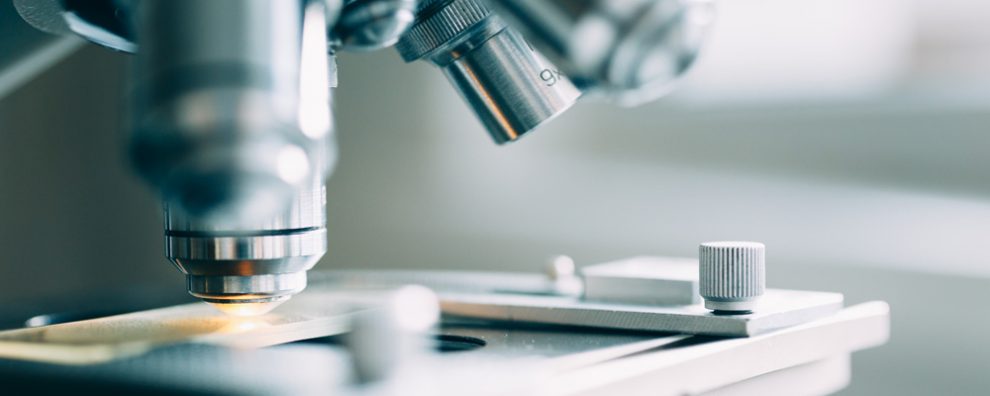A Biopsy is a surgical procedure for taking and examining a small amount of tissue from the body. Usually, a pathologist examines the removed tissue under the microscope and initiates other chemical or genetical tests. Sometimes, the doctor who did the biopsy may analyze the sample himself.
The results predict if the cells are cancerous, its type, and where cancer originated.
Waiting Time For Biopsy Results
The waiting time for biopsy results varies. In some cases, it takes minutes for the results to come. Whereas, in case of higher accurate conclusions, it may take weeks to conclude the results.
Usually, the procedure is safe, but according to some studies, there is a small risk of spreading the cancer cells while performing a biopsy.
Different Types Of Biopsy
Image-guided biopsy
When the sample area is deeper inside the body, your doctor may need an additional imaging technique, such as ultrasound, computed tomography, x-ray, or magnetic resonance tomography. The scan results will help him to move the fine needle to the right location.
Fine needle aspiration biopsy
During this biopsy, the doctors collect a small amount of tissue by using a thin needle attached to a syringe.
Core needle biopsy
The main difference to the fine needle biopsy is that the physician uses a larger needle and collects a more massive amount of tissue.
Vacuum-assisted biopsy
The needle is connected to a special suction device, which helps to collect the tissue sample.
Excisional biopsy
The doctor uses this method to remove an entire suspicious area, such as suspicious changes of the skin.
Shave biopsy
When the doctor needs a sample from the skin surface, he uses a sharp tool to collect a thin layer.
Punch biopsy
During a punch biopsy, the doctor takes a punch-size piece of skin from the body.
Endoscopic biopsy
An endoscope is a thin, flexible tube with a camera that can be inserted inside the body to make images. The camera helps the physician to detect suspicious areas in the bladder, abdomen, joints, or gastrointestinal tract. Besides a camera, an endoscope can have tiny surgical instruments, such as forceps, to collect tissue from the suspicious area.
Laparoscopic biopsy
This method is similar to an endoscopic biopsy. After making an incision on the abdominal wall, the doctor inserts a thin tube, called a laparoscope, inside the abdominal cavity. The camera of the laparoscope helps the doctor to direct a needle to a suspicious area and to take tissue samples.
Bone marrow aspiration and biopsy
Both procedures are similar and are suitable for investigating bone marrow related diseases such as leukemia. Because bone marrow has a solid and a liquid part, the doctors need two different methods. A bone marrow aspiration collects a sample of the liquid part while a bone marrow biopsy takes a small amount of the solid tissue.
Liquid biopsy
For a liquid biopsy, the physician takes a sample of blood as if he is doing a standard blood test. The main difference is that the procedure aims to analyze cancer cells that are circulating in the blood.
Source:
- Biopsy
http://www.nationalbreastcancer.org/breast-cancer-biopsy. Accessed 9/15/16. - Types of biopsy procedures. http://www.cancer.org/treatment/understandingyourdiagnosis/examsandtestdescriptions/forwomenfacingabreastbiopsy/breast-biopsy-biopsy-types. Accessed 8/20/16.
- Testing Biopsy and Cytology Specimens for Cancer. http://www.cancer.org/treatment/understandingyourdiagnosis/examsandtestdescriptions/testingbiopsyandcytologyspecimensforcancer/testing-biopsy-and-cytology-specimens-for-cancer-toc. Accessed 7/25/16.
- Shyamala K, et al. Risk of tumor cell seeding through biopsy and aspiration cytology. J Int SocPrev Community Dent. 2014 Jan-Apr; 4(1): 5–11.




